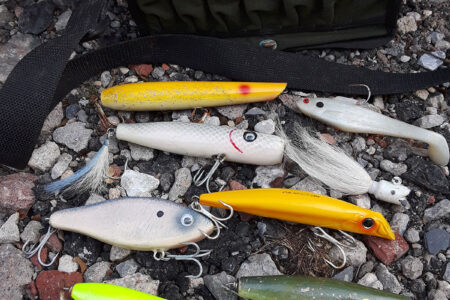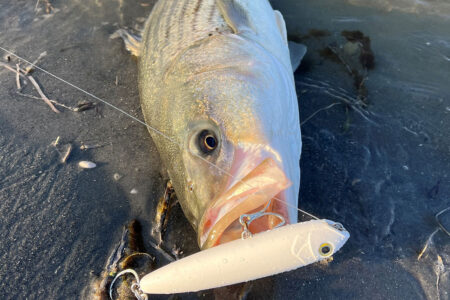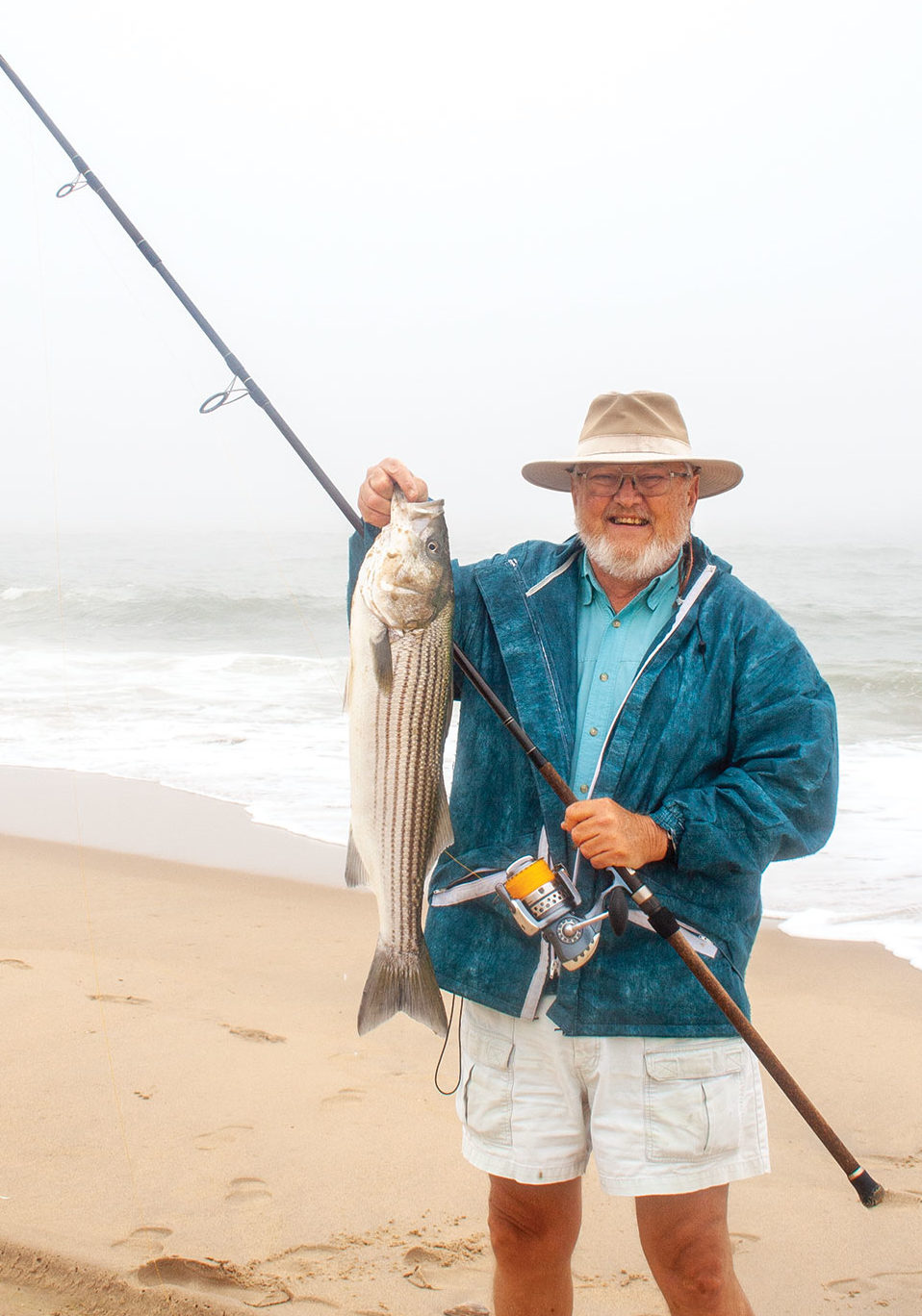
A rundown on some of the best surfcasting options this fall along the Delaware Coast.
The difference in the number of people on the beach between Labor Day and the following weekend at any of the Delaware Seashore State Parks is tremendous. From side-by-side parking to all the room you want as the party crowd is gone and only fishermen remain.
Delaware does have a rule that at least one person from the permitted vehicle must be activity engaged in surf fishing, this is easily managed by having one surf rod baited up and, in the water. There were some enforcement crackdowns during the summer and some tickets were written; but honestly it didn’t have much of an impact.
September and October are the best months to fish the Delaware coast not only because the crowds are gone, but because the fish are here. Perhaps not the big blues and stripers you’ll find to the north along the Jersey Shore, but kings, croaker, blues and spot that may be caught on light tackle. The occasional fluke is also a possibility (16-1/2-inch minimum size, four per angler, and no closed season in Delaware).
Later in the fall we may get a shot at big blues and stripers, but most years they pass us by. When they do show up, it’s a one or two day blitz during an east wind that blows bait towards the beach.
Autumn Arsenal
As for fall tackle it is not the big bait and eight stuff. Instead I use Tsunami Air Wave TSAWSS1002MH rods with either a Rovex Silun 6000 or 1000 REEL with Stren 40-pound braid and a 40-pound mono shock leader. At the end of the shock leader is a black Coast Loc snap swivel. I tie my own bottom rigs out of 20-pound leader material. A perfection loop goes on top followed by three double surgeon’s loops. Two will hold circle hooks and the third holds the sinker.
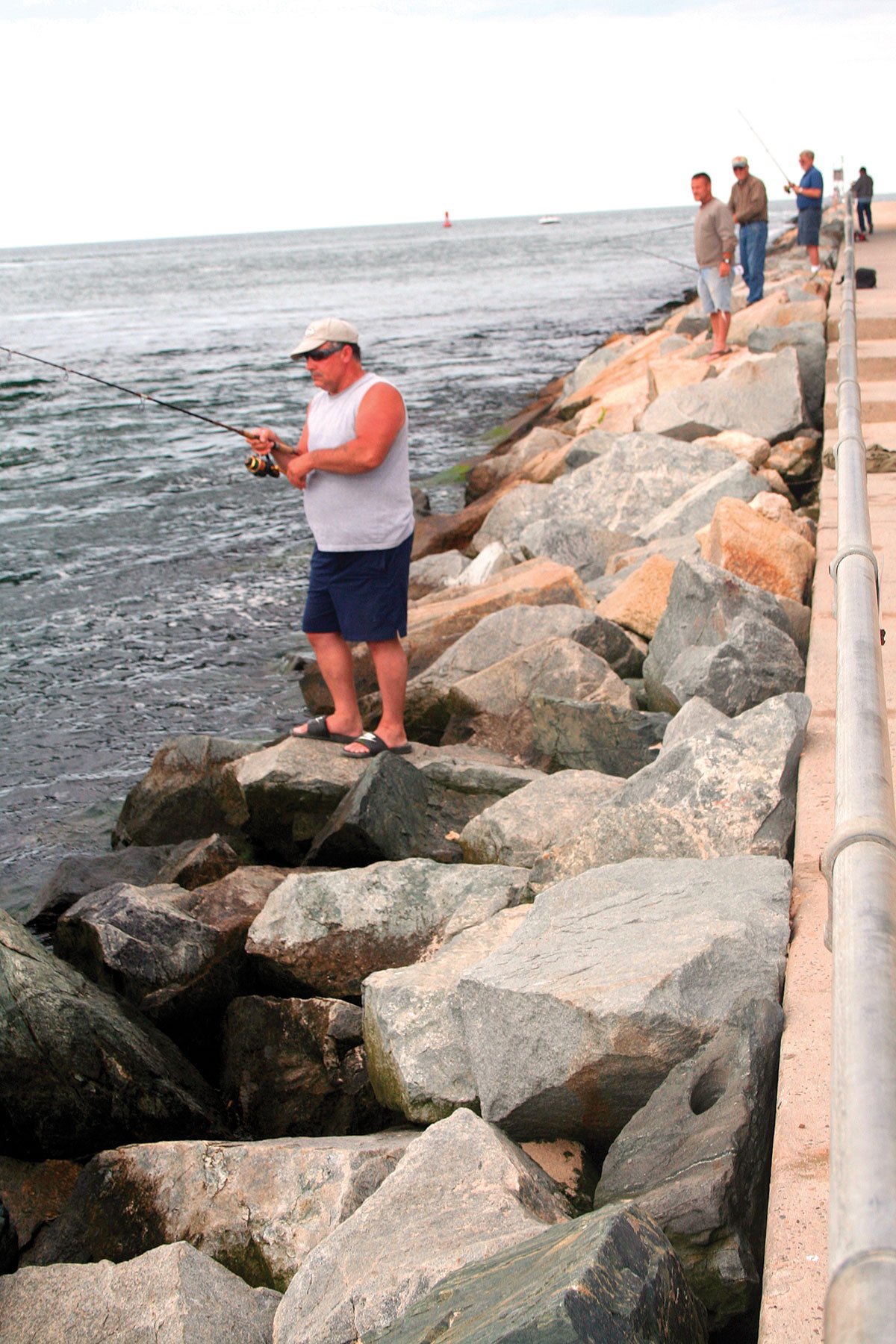
I have found that using a triangle, Hatteras or other type of bottom-holding sinker and placing the rod in a sand spike is counterproductive when fishing with small baits for bottomfish. There are so many critters on the bottom that your baits will be stripped long before the target species can find them. I use a bank sinker and keep the rig moving across the bottom. I will make one or two cranks on the reel, pause for a few seconds then repeat the process. This has worked very well and maintains the bait for a little while longer.
As far as bait, nothing beats a bloodworm for most of these fish. However, this year I have had very good results using Fishbites bloodworms. They come in three 12-inch strips that may be cut to size. I use about 1-inch pieces on my circle hooks and that has worked well on kings and spot. There are several advantages to the Fishbites; they do not need to be kept cold, they do not bleed all over the bait board and your truck, they don’t get your hands and clothing dirty, and if you have some left over, just seal them back in the bag and they are good to go next week. They are also less expensive than live bloodworms.
I do keep one outfit, a St. Croix SS80M with a PENN 5500SS reel filled with 30-pound Stren braid and topped with a 30-pound mono leader, ready with a metal lure just in case a school of blues or Spanish mackerel come in range. I like to throw a Stingsilver while others go for a Jerk-Jigger. False albacore will also visit the Delaware beaches at this time of year. In my wasted youth I would chase them up and down the beach, where now I prefer to stay put and let them come to me, or not. Here too a Stingsilver is my lure of choice. You have to cast it where you think the fish will be, not where they were. Watch where the birds are going and cast in front of them.
Spot Burns
As far as where to fish, you have a lot of beach to choose from. All of the public beach, except those inside of the towns of Broadkill Beach, Lewes, Rehoboth Beach, Dewey Beach, Bethany Beach and Fenwick Island, are located inside state parks.
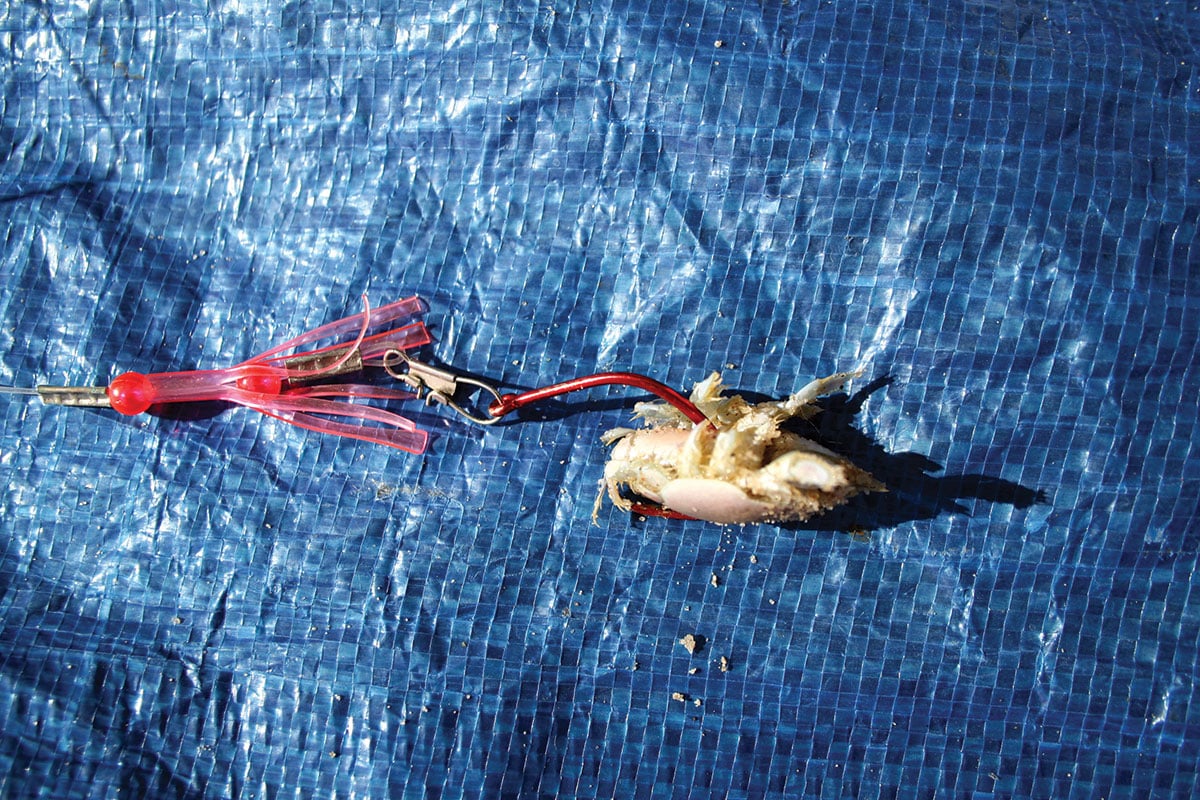
The most northern beach is on Beach Plum Island at the very end of Broadkill Beach. It is a very narrow beach and is easily accessible from the parking area. Most of the time you don’t need a surf rod as the bay is usually calm enough to get away with a seven-foot spinning outfit.
Cape Henlopen State Park is next and this is my home beach. The Cape is closed during the summer to protect nesting birds, but opens on September 1. This is where the Delaware Bay meets the Atlantic Ocean and the fishing can be great.
Herring Point is further down the beach and is protected by two small rock jetties. These are not large enough to walk on, but sometimes you can cast from the beach alongside the rocks and pick up a stray fluke, blue or even a striper. Small poppers early in the morning or late evening will work. During the day try a bucktail.
Delaware Seashore State Park is south of Dewey Beach and runs down to Bethany Beach. Like all Delaware Beaches there is very little structure. You have to move along looking for washouts and sloughs or just setup where you are and hope for the best. Some of the beach may have ridges like the edge of a pie crust. When I find this, I set up on top of one of the ridges and fish on either side.
Indian River Inlet is located inside of the Seashore State Park. This is one of the better fishing locations in Delaware, but it ain’t an easy place to fish.
Early morning or late evening incoming water is the prime time to be here. This is when blues, stripers and shad come through. In all my years of fishing this spot I don’t recall a run of any fish during outgoing water.
If the fish are here it won’t be a secret. There will be birds all over the place. Don’t be fooled by a few terns diving here and there. Wait for the laughing gulls and black backs to get busy then you know some real fish have moved in.
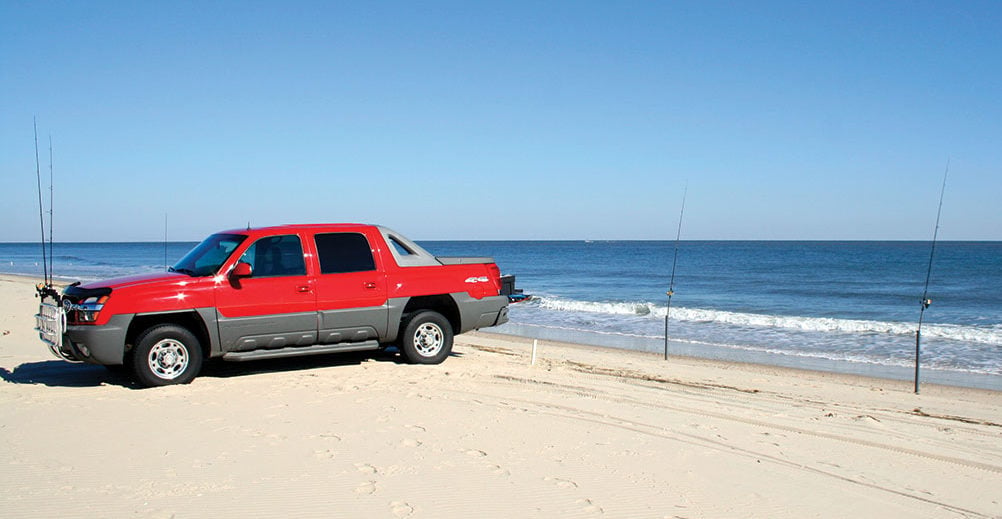
On The Rocks
A white bucktail with a white plastic worm is the standard for fishing the inlet. In fact, this summer a sheepshead was caught on that lure. I do love it for stripers, but go with metal for blues and shad darts for shad.
This spring I was catching big hickory shad on every cast using a shad dart behind a Stingsilver while six or eight other folks around me kept throwing a white bucktail with a white worm and catching nothing. Finally, one guy asked me what I was fishing with. I rigged him up with my stuff and he started catching fish. He said that was a lot more fun than catching nothing.
Bottomfish the inlet is where it gets expensive. There are snags everywhere and even the most experienced anglers will lose a couple of rigs during the course of a tide. I use a one-hook bottom rig that I tie exactly like the one I use in the surf with one less hook. When I drop down to the bottom, I try to keep my line at a 90-degree angle to the water. I use just enough weight to keep the rig in place.
One of the most effective striper techniques is drifting sand fleas (mole crabs) in the rocks at night. I cast up current using two fleas on one hook and allow the bait to move on its own in and out of the rocks. I seldom use any weight, but if I do it will be one or two split shot.
Other striper techniques include drifting live eels or casting Tsunami shads. Of course, the standard white bucktail with a white worm will be found on most angler’s lines even after dark.
A great deal of Indian River Inlet can be fished from the sidewalk. There are two jetties that extend out into the ocean and must be approached as you would any rocks covered with water and lots of marine growth.
The beach at Fenwick Island State Park is just like all the others. It may have a gentler slope that the more northern beaches.
All state parks charge admission. It is $5 a day per car for residents of Delaware and $10 for non-residents.


